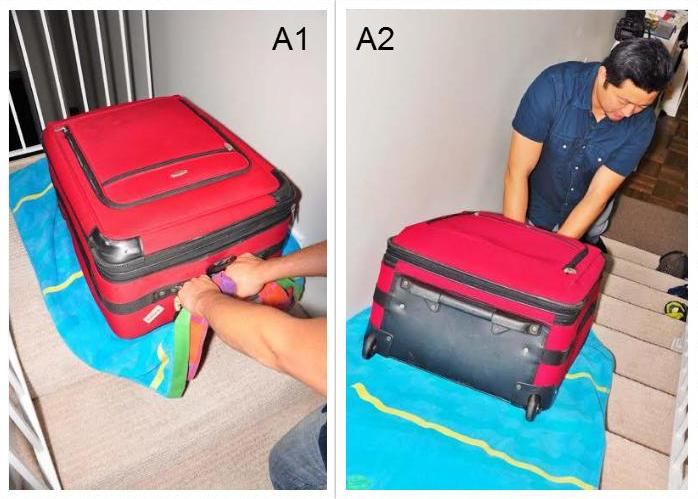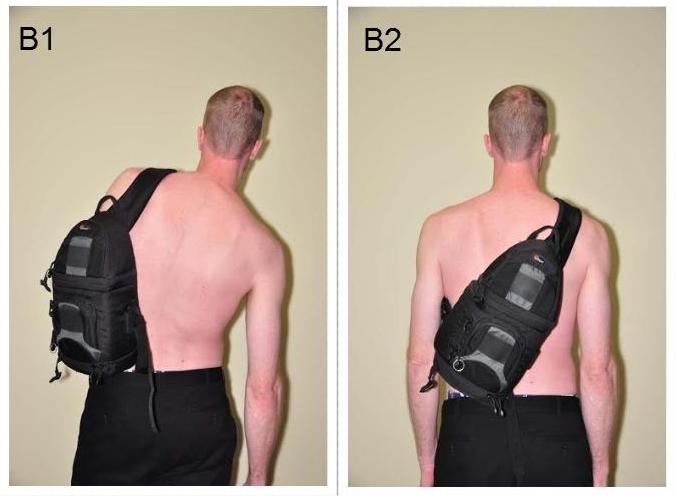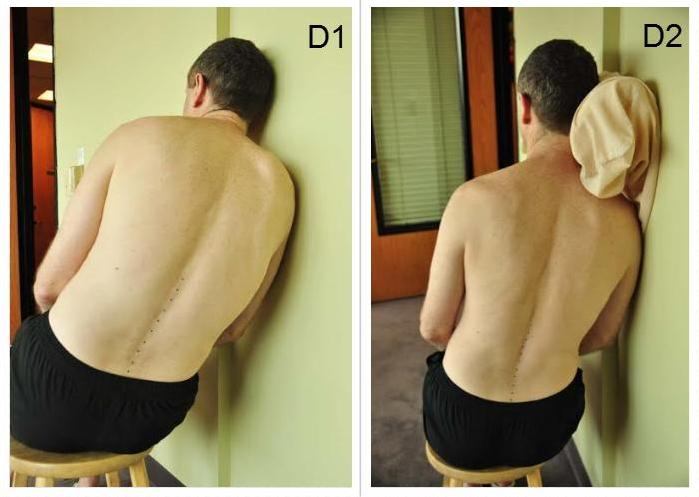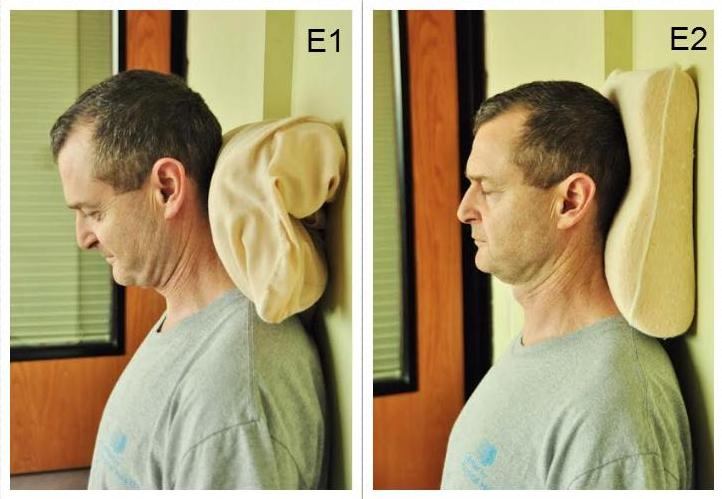Travel Tips
5 Simple Steps to Avoid Back Pain When You Travel
If you travel frequently, you may experience back pain from time to time. Unfortunately, this is often a side effect from sitting for long periods of time, carrying backpacks, and squirming to get comfortable so you can catch some shuteye on a flight. Contributing writer and physical therapist Cora Maglaya shares five simple tips that can help you maintain a healthy spine and avoid back pain.
1. Getting your luggage down the stairs when you leave home
When it’s the holiday season and I need to travel, my five foot-tall frame struggles to carry my luggage down one flight of stairs without scratching the wooden floor. Even with proper body mechanics, I find it very difficult to protect my back while lifting my 50 pound suitcase down each step. I work out pretty regularly and teach patients every day how to perform a proper squat. Yet, when it comes time to travel, I suffer from back pain after arriving at my destination—from lifting my luggage. Out of pure frustration, one day I tried a new technique to get my luggage down the stairs, and ever since, I have been pain-free during my travels.
Lay two thick bath towels at the top of the staircase. Lay the luggage horizontal or flat with the handle facing you. Next, hold onto both the luggage handle and the bath towels and slowly drag the luggage down the stairs. (See photos A1 & A2) If you have carpet, you can skip the bath towels and lay the suitcase flat on its side and slowly drag it down the stairs.
2. Choosing the right carry-on for you
Use a backpack to evenly distribute the weight across your back. Do not carry the backpack on one shoulder. Carrying a heavy side shoulder bag will force your spine to deviate to one side. If you have no choice but to use a side shoulder bag, make sure your spine is not compensating in a side bending position. (See photos B2 & B2)
Also, it is very easy to overload the backpack; I see this happen all the time with children. An easy way to test if the backpack is overloaded beyond what is safe for a person’s body type, is to see if the spine is leaning forward or making a C shape in order to counterbalance the weight. (See photos C1 & C2) If the person is able to stand in the same tall upright position with the backpack on—versus the backpack off—then chances are the individual can safely carry that load.
3. Sitting in the death trap position on the plane or in the car
Avoid the death trap of side sitting in an airplane or car. A common postural error patients make is sleeping with their spine in a shifted position. (See photos D1 & D2)
It is safe to rest your arm or head to the side, but your sit bones should bear weight equally while seated. This low back shifted sitting position can bring on a herniated disc. I am always able to predict which direction a patient was leaning when sleeping on the plane when I examine his or her back in a post-travel treatment session.
4. Neck pillows –Yay or Nay?
I am often asked if neck pillows are good, and which ones to get, so I decided to experiment for myself. What I noticed is that airplane neck cushions frequently sold in airports and wellness stores are so thick they they push your head too far forward (See photo E1).
An ideal pillow for the airplane or car should keep your neck in a neutral position. Neutral is the natural curve your neck has, and one that is not putting strain on the neck muscles or ligaments. Ears should be in midline with the shoulders on a side view (See photo E2). My personal preference is to use a sweatshirt or jacket and bunch it up, placing it behind the neck to mimic your head in an elongated tall position in sitting. (See photo E2—the neck pillow is a Pilates reformer pillow and is easily portable for travel.)
5. Getting your luggage up the stairs at your destination
I have one quick packing tip—thanks to my mother—before we talk about unpacking. Use large bags—equivalent to a clear plastic bag that would store a computer—to categorize and separate luggage contents. If your destination is some place where there is no bellman or elevator, and you need to get luggage up the stairs, this next tip is definitely worth the time and energy. It will help you avoid back pain when you don’t have time to do 30 minutes a day of core strengthening exercises.
Unload as much as you can from your luggage on the ground floor. Take multiple trips to put away your toiletries, shoes, clothes, packed gifts, and everything else. By the time I am carrying my luggage up the stairs at my parent’s house, it is almost virtually empty.
*Article contains images and text provided for informational and educational purposes. Consult your physician or other qualified medical care provider prior to applying these tips for personal use. Reader assumes full responsibility and liability or damages incurred as a result of following these tips.
For more ways to stay healthy while you’re on the road, check out:
- 15 Ways to Stay Healthy During Cold and Flu Season
- Measles, MERS, and Mumps: What You Need to Know
- 4 Ways Your Hotel Can Make You Sick & How to Protect Yourself
By Cora Maglaya for PeterGreenberg.com. Cora Maglaya, PT, ATC, CSCS is a physical therapist and a certified athletic trainer for The Center for Physical Health. She is sports fellowship trained through Duke University Sports Medicine, a former staff physiotherapist for Cirque du Soleil and has served as the men’s gymnastics head athletic trainer and physical therapist on the local, state, regional, and Junior Olympic national competition levels. For more information, contact Maglaya708@aol.com.
Photographs by Cora Maglaya, PT, ATC, CSCS. (Special acknowledgements to John Dillon, Johnny Sweetman, Dave Mun and Colleen Mun)

















